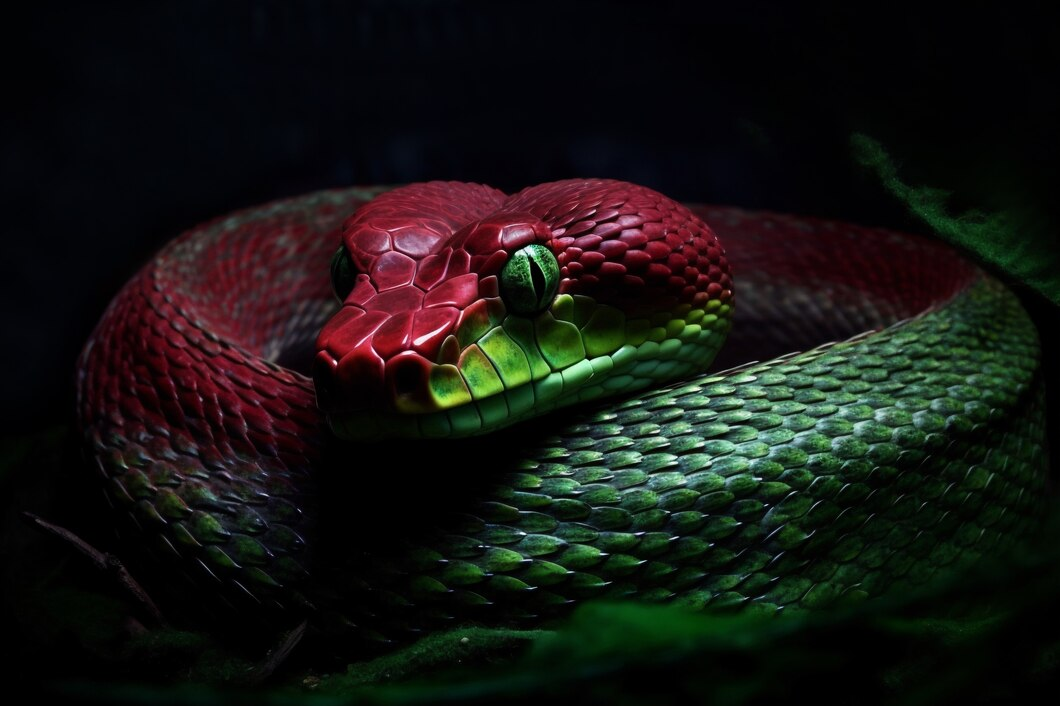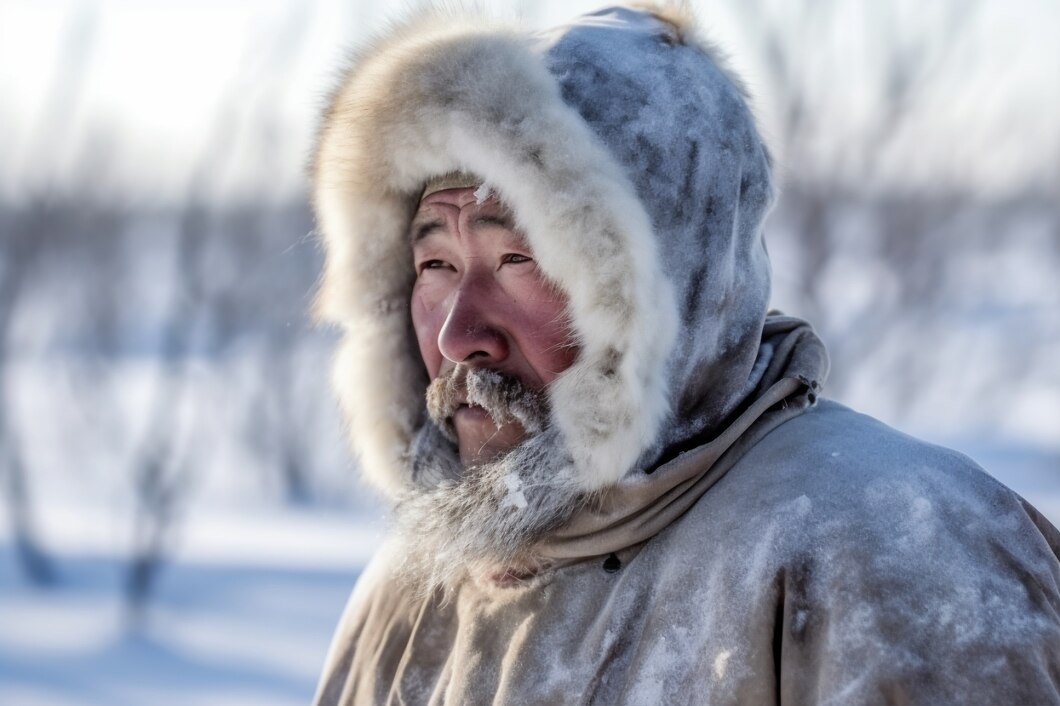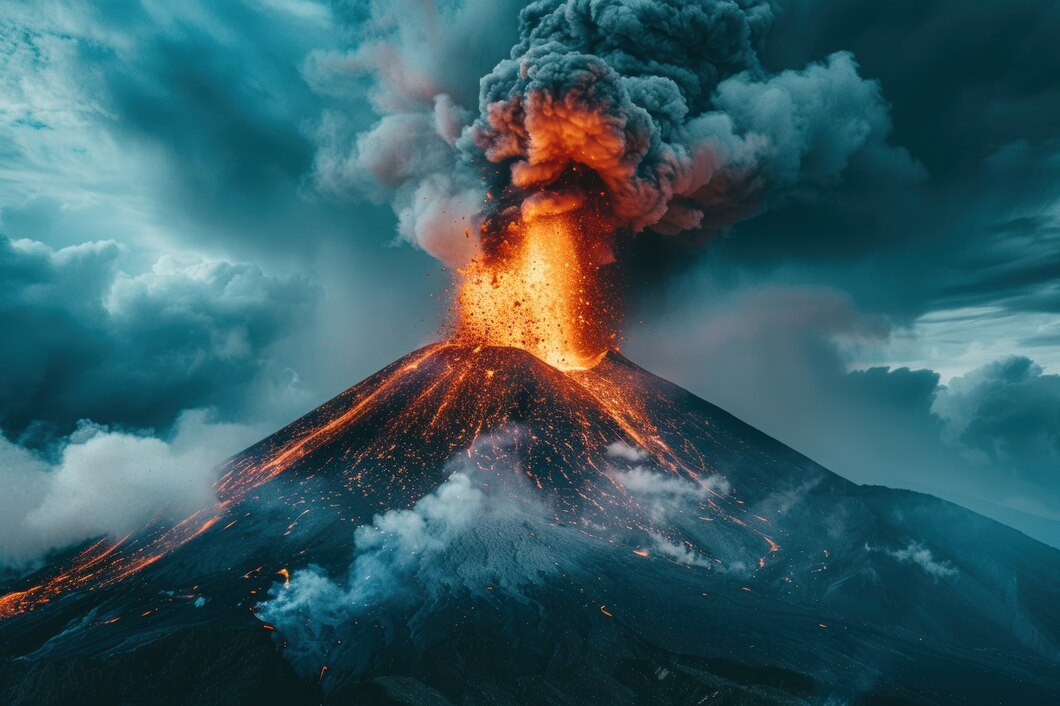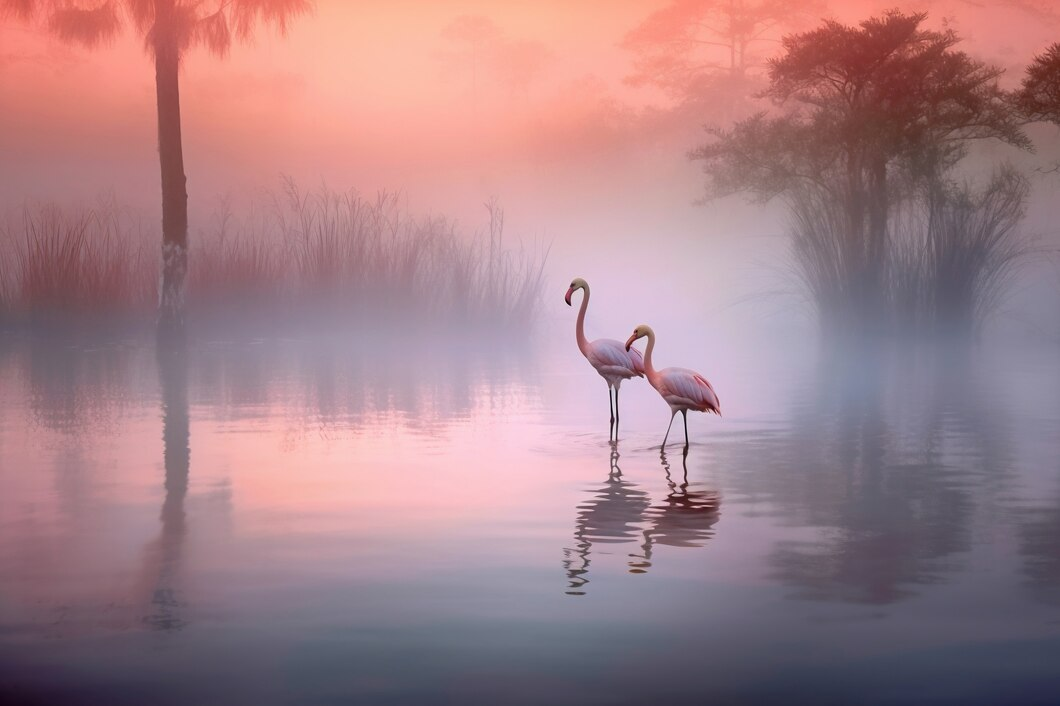News
There is a threat to human life: 10 most dangerous places in the world
Usually we imagine a vacation as a complete relaxation somewhere pleasant, where we can not think about problems and enjoy the rest. But some people prefer extreme and risky vacations and seek adventure in dangerous places on the planet.
The publication Jagran Josh has collected ten such places. They are known for their extreme conditions, unpredictable weather and potential dangers that make them exciting but risky places for adventurers.
Queimada Grandi or Snake Island, Brazil
Queimada Grandi is an island off the coast of Brazil in the Atlantic Ocean that is home to one of the deadliest snake species in the world, the island ghararaca. Hence the other name of the piece of land - Snake Island. There is one such reptile per square meter of area here. The island is small, measuring only 43 hectares, and has a mild climate. The relief varies from bare rocks to tropical forests. Snakes were trapped here when the last ice age ended thousands of years ago and rising sea levels cut it off from the mainland. To get here, you have to be a researcher and get a permit from the Chico Mendes Institute for Biodiversity Conservation, Brazil's federal environmental agency.
Danakil Desert, East Africa
Located in the Afar Triangle between northeastern Ethiopia, southern Eritrea, and northwestern Djibouti, the Danakil Desert, or Afar Desert, is one of the hottest places on Earth. Nevertheless, people live here. It is a small community of salt miners who call themselves Afar. The area is surrounded by volcanoes and toxic gases, making it a challenging environment for both humans and wildlife. The Afar Triangle is one of the hottest and driest regions in the world. Temperatures here exceed +50 °C during the day and rainfall is less than 25 mm per year.
Sahel, North Africa
The Sahel region, stretching across North Africa, is characterized by an arid climate. This region borders the Sahara Desert. Droughts here are so devastating that they have caused famine and loss of life. Between 1972 and 1984, more than 100,000 people died in the Sahel due to the whims of nature. The region's already limited water resources are increasingly exploited, adding to the devastation and increasing the risk of future droughts. At the same time, irregular rainfall patterns bring periodically powerful floods. The combination of these factors makes the Sahel one of the most dangerous places on Earth because of its harsh natural environment and the socio-economic challenges it poses.
Oymyakon, Russia
Oymyakon, is known as one of the coldest settlements on Earth. The settlement in the Sakha Republic experiences extreme subarctic temperatures that can drop below -50 degrees Celsius in winter. The harsh winters here create a dangerous environment where frostbite and hypothermia are constant threats. The ground remains frozen for much of the year, making agriculture nearly impossible and forcing residents to rely on limited food supplies. Extreme cold also affects infrastructure, as pipes can freeze and roads can become dangerous.
Alagoas, Brazil
Alagoas is a state in northeastern Brazil that is very often affected by natural disasters, including floods and landslides. During the rainy season, the region experiences heavy rainfall that brings devastating floods to settlements and infrastructure. The combination of steep topography and deforestation increases the risk of landslides, especially in urban areas where construction has touched natural landscapes. In addition, the region's vulnerability to climate change increases the likelihood of more intense and unpredictable weather events.
Monrovia, Liberia
Monrovia, the capital city of Liberia, is located in a region prone to flooding and coastal erosion. The city is located on the Atlantic Ocean coast, making it vulnerable to gale force winds and precipitation, especially during the rainy season. In recent years, flooding has caused significant damage to homes and infrastructure, displacing people and increasing health risks from waterborne diseases. A combination of poor urban planning and deforestation in nearby areas only complicates the flooding problem.
Mount Sinabung, Indonesia
Mount Sinabung is an active stratovolcano in Indonesia that awoke in 2010 after a 400-year dormancy and now erupts regularly. Ash and pyroclastic flows from it have devastated nearby areas. Volcanic activity has led to the evacuation of thousands of residents and destroyed crops and infrastructure. The risk of future eruptions remains high, scientists say.
Northern Sentinel Island, India
This part of the Andaman and Nicobar Islands in India is known for its isolated indigenous population, the Sentinelese, who have resisted contact with outsiders. The island is surrounded by dangerously rough waters, making access difficult. The Sentinelese are known to be hostile to uninvited visitors, which only increases the danger of traveling here. The natural environment here can hardly be called welcoming either. The island is covered in dense forests and has limited resources for survival.
Skeleton Coast, Namibia
The Skeleton Coast in Namibia is known for its harsh nature and dangerous conditions. This desolate stretch of coastline is characterized by frequent fogs, strong currents, and moving sands that have led to numerous ship accidents over the years. The region is also home to dangerous wild animals, including lions and hyenas, which can pose a threat to those who venture too close. The harsh climate with extreme temperatures and limited fresh water sources make survival difficult.
Lake Natron, Tanzania
Lake Natron, located in northern Tanzania, is notorious for its alkalinity and high temperatures, making it a hostile environment for most life forms. The lake's pH level can be as high as 12, primarily due to the high concentration of sodium carbonate and other minerals. This caustic water can burn the skin and eyes of animals that come in contact with it. In addition, the water temperature here can reach 60 degrees. Despite its dangerous conditions, Lake Natron is known for attracting flamingos. These birds have adapted to living in such a harsh environment.
Subscribe to OBOZ.UA channels in Telegram and Viber to be aware of the latest events.































